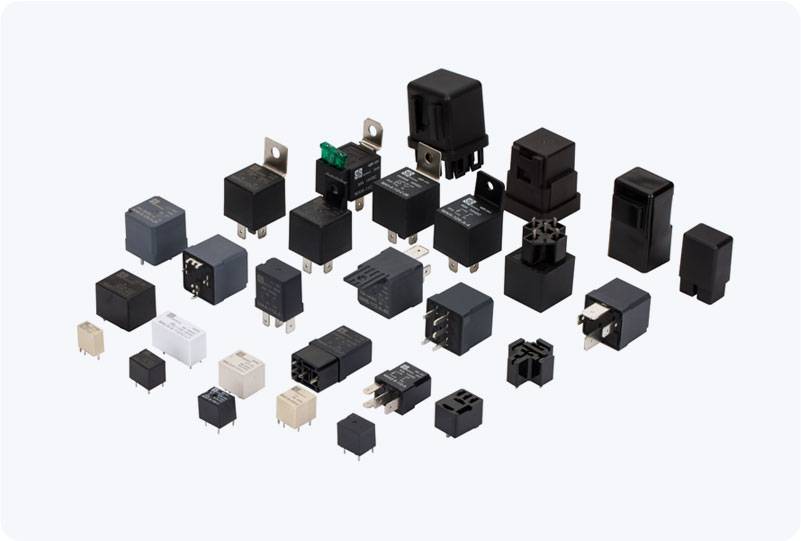In industrial automation, safety is paramount. As machinery becomes more sophisticated and automation systems become increasingly complex, ensuring the protection of both human workers and equipment has never been more critical. One of the key components in ensuring safety is the Safety Relay. This article explores the importance of safety relays, their working principles, applications, and the standards they must adhere to in order to guarantee the safety of automated systems.

What is a Safety Relay? A Safety Relay is a type of relay used in industrial control systems to manage safety circuits. It is designed to monitor inputs such as emergency stop buttons, safety doors, or other safety devices, and, when a dangerous situation is detected, it immediately performs an action to prevent accidents. Typically, these relays are installed in systems where machine or system malfunctions could endanger human lives or cause significant damage to equipment. Unlike standard relays, safety relays are built to meet strict safety standards. They are essential for ensuring the safe shutdown of machinery or systems, especially when hazardous conditions are identified. The relays operate by controlling and responding to safety signals from various devices, such as sensors or switches, to execute safety-related actions like cutting power or triggering alarms.
Leave a Reply